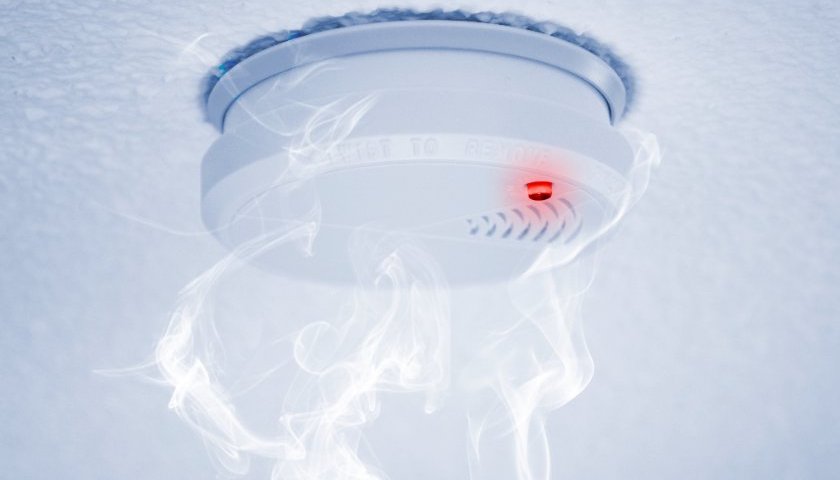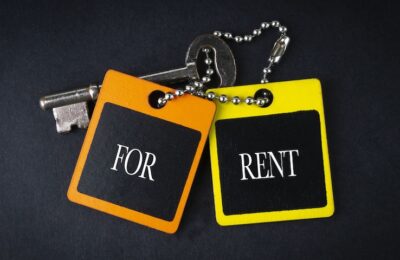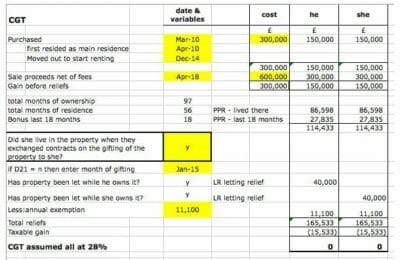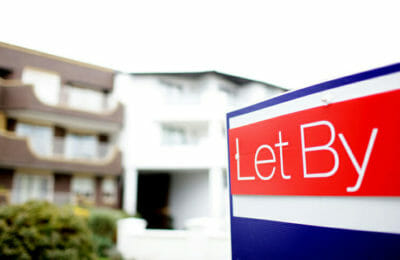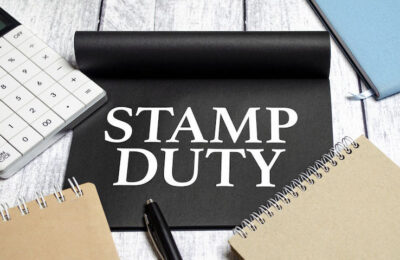If you are a landlord, you want your tenants to live in a safe environment. One of the ways you can help make this happen is by installing smoke and carbon monoxide alarms. Indeed, The Smoke and Carbon Monoxide Alarm Regulations 2015 make their provision a legal requirement and these were updated in October 2022. Landlords now need to comply with them or face a hefty fine. In this article, we give you a recap of the current legislation and talk you through the changes that were made.
What are the current Smoke and Carbon Monoxide Alarm Regulations?
Landlords must:
- Provide a smoke alarm on every storey where any room is used as living accommodation
- Ensure that a carbon monoxide alarm is put in any room that is used as living accommodation and which contains ‘a fixed combustion appliance (excluding gas cookers)’. Note the subtle widening of scope from ‘solid fuel burning combustion appliance’. This new definition now covers appliances such as gas or oil boilers.
- Ensure that both smoke alarms and carbon monoxide alarms are replaced or repaired as soon as you are informed they are faulty.
What happens if I don’t comply with the regulations?
If you don’t comply with the regulations and then fail to comply with a remedial notice, local authorities can fine you up to £5,000. So it’s very much worth taking these new rules seriously.
What are the practical implications of the rules?
You now need to make sure that the relevant smoke and carbon monoxide alarms are fitted at your rental properties.
At the same time, it’s a good idea to talk to tenants and make sure they know how to test alarms. They should also know to report faulty alarms to you as soon as possible. If alarms are battery powered, tenants should replace the batteries themselves. If an alarm still doesn’t work, then they should let you know so you can replace it.
Do the regulations stipulate what kinds of alarm I should buy?
No. You can install either hard-wired or battery-powered alarms. However, government recommends alarms with ‘sealed for life’ rather than replaceable batteries. You are also advised to buy alarms that are compliant with the relevant British Standards.
In some cases, you may need to fit special alarms for tenants who are deaf or hard of hearing. These use vibration or flashing lights rather than sound. Failing to install these could mean you aren’t fulfilling your obligations under the Equality Act 2010.
Where exactly should I fit the alarms?
The legislation doesn’t stipulate where you should fit the alarms. However, it’s advisable to follow the manufacturer’s instructions or get a professional to fit the devices. Generally speaking, smoke alarms should be fitted on ceilings and carbon monoxide alarms at head height, 1-3 metres from any potential source of carbon monoxide.
Summary
This article has been written to advise our many landlord clients. We strongly recommend you make sure your properties are fully compliant. If you are not already a THP client, please do take time to find out more about our Landlord Software Platinum Service for MTD.
About Jon Pryse-Jones
Since joining THP in 1978, Jon Pryse-Jones has been hands on with every area of the business. Now specialising in strategy, business planning, and marketing, Jon remains at the forefront of the growth and development at THP.
An ideas man, Jon enjoys getting the most out of all situations, “I act as a catalyst for creative people and encourage them to think outside the box,” he says, “and I’m not afraid of being confrontational. It often leads to a better result for THP and its clients.”
Jon’s appreciation for THP extends to his fellow team members and the board. “They really know how to run a successful business,” he says. He’s keen on IT and systems development as critical to success, and he continues to guide THP to be at the cutting edge and effective.
Read more about Jon Pryse-Jones More posts by Jon Pryse-Jones
